Neil Newman
Understanding Iterative Combinatorial Auction Designs via Multi-Agent Reinforcement Learning
Feb 29, 2024


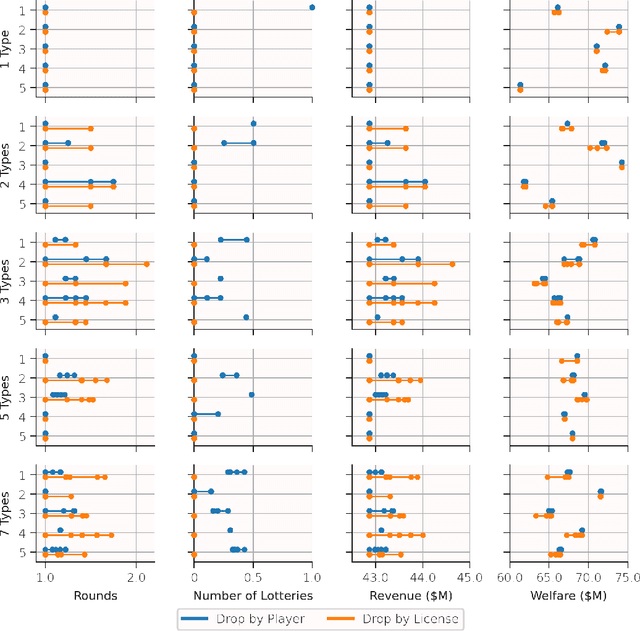
Abstract:Iterative combinatorial auctions are widely used in high stakes settings such as spectrum auctions. Such auctions can be hard to understand analytically, making it difficult for bidders to determine how to behave and for designers to optimize auction rules to ensure desirable outcomes such as high revenue or welfare. In this paper, we investigate whether multi-agent reinforcement learning (MARL) algorithms can be used to understand iterative combinatorial auctions, given that these algorithms have recently shown empirical success in several other domains. We find that MARL can indeed benefit auction analysis, but that deploying it effectively is nontrivial. We begin by describing modelling decisions that keep the resulting game tractable without sacrificing important features such as imperfect information or asymmetry between bidders. We also discuss how to navigate pitfalls of various MARL algorithms, how to overcome challenges in verifying convergence, and how to generate and interpret multiple equilibria. We illustrate the promise of our resulting approach by using it to evaluate a specific rule change to a clock auction, finding substantially different auction outcomes due to complex changes in bidders' behavior.
Matching Papers and Reviewers at Large Conferences
Mar 02, 2022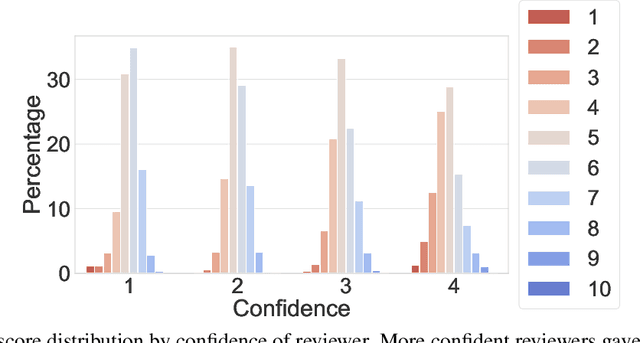

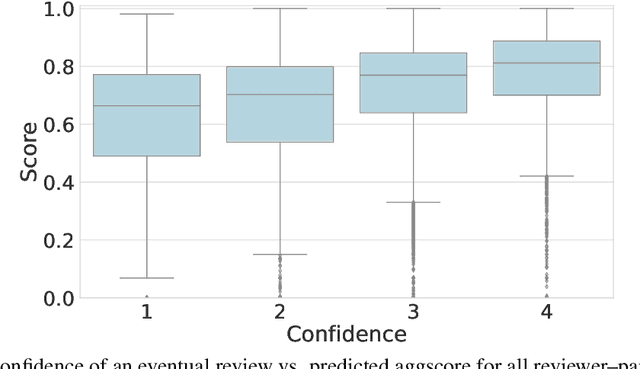

Abstract:This paper studies a novel reviewer-paper matching approach that was recently deployed in the 35th AAAI Conference on Artificial Intelligence (AAAI 2021), and has since been adopted by other conferences including AAAI 2022 and ICML 2022. This approach has three main elements: (1) collecting and processing input data to identify problematic matches and generate reviewer-paper scores; (2) formulating and solving an optimization problem to find good reviewer-paper matchings; and (3) the introduction of a novel, two-phase reviewing process that shifted reviewing resources away from papers likely to be rejected and towards papers closer to the decision boundary. This paper also describes an evaluation of these innovations based on an extensive post-hoc analysis on real data -- including a comparison with the matching algorithm used in AAAI's previous (2020) iteration -- and supplements this with additional numerical experimentation.
Deep Optimization for Spectrum Repacking
Jun 11, 2017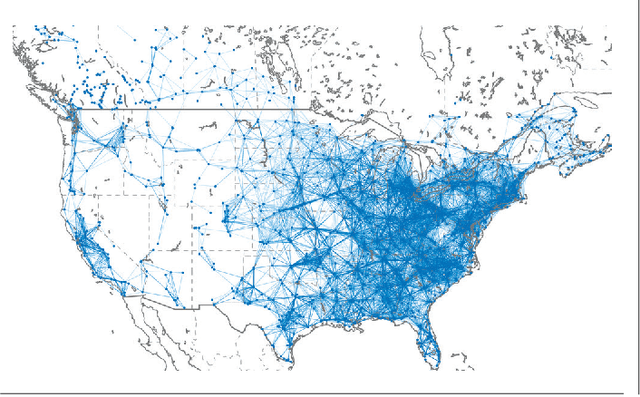
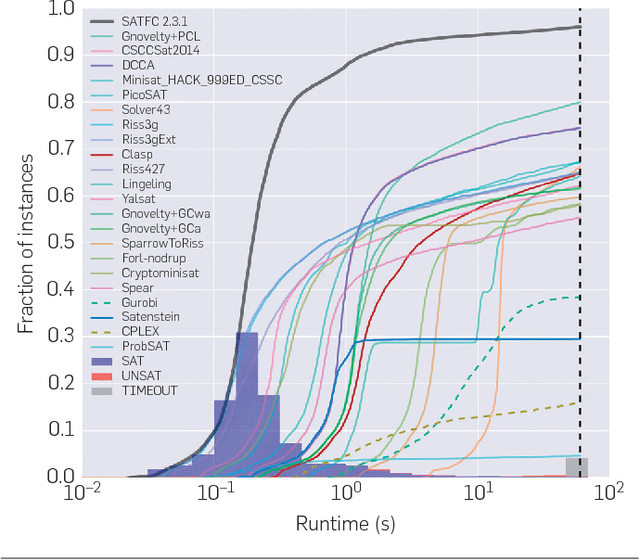
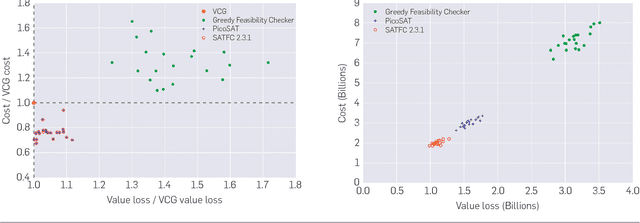
Abstract:Over 13 months in 2016-17 the FCC conducted an "incentive auction" to repurpose radio spectrum from broadcast television to wireless internet. In the end, the auction yielded $19.8 billion, $10.05 billion of which was paid to 175 broadcasters for voluntarily relinquishing their licenses across 14 UHF channels. Stations that continued broadcasting were assigned potentially new channels to fit as densely as possible into the channels that remained. The government netted more than $7 billion (used to pay down the national debt) after covering costs. A crucial element of the auction design was the construction of a solver, dubbed SATFC, that determined whether sets of stations could be "repacked" in this way; it needed to run every time a station was given a price quote. This paper describes the process by which we built SATFC. We adopted an approach we dub "deep optimization", taking a data-driven, highly parametric, and computationally intensive approach to solver design. More specifically, to build SATFC we designed software that could pair both complete and local-search SAT-encoded feasibility checking with a wide range of domain-specific techniques. We then used automatic algorithm configuration techniques to construct a portfolio of eight complementary algorithms to be run in parallel, aiming to achieve good performance on instances that arose in proprietary auction simulations. To evaluate the impact of our solver in this paper, we built an open-source reverse auction simulator. We found that within the short time budget required in practice, SATFC solved more than 95% of the problems it encountered. Furthermore, the incentive auction paired with SATFC produced nearly optimal allocations in a restricted setting and substantially outperformed other alternatives at national scale.
 Add to Chrome
Add to Chrome Add to Firefox
Add to Firefox Add to Edge
Add to Edge